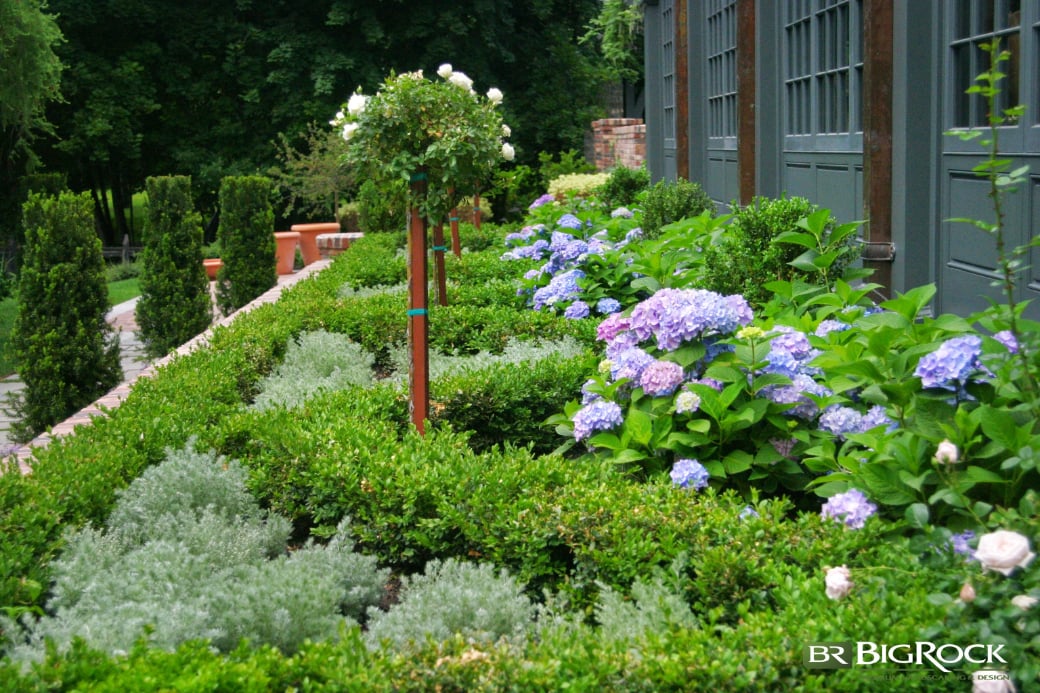
Best Hydrangeas for Utah (and How to Keep Them Alive)
Hydrangeas’ bouncing white, blue, and pink blooms are some of the most popular, versatile, and stunning florals you can choose for your yard. These delightful flowers have made something of a reputation for themselves, making Utah’s homeowners believe that they are too difficult to manage in the ever-changing climate.
But these gorgeous plants can grow and even thrive in Utah under the right conditions. We are experts on finding the right plants for your Utah yard, and we’ve compiled our tips, tricks, and inspirational ideas for how to grow the best hydrangeas in Utah.
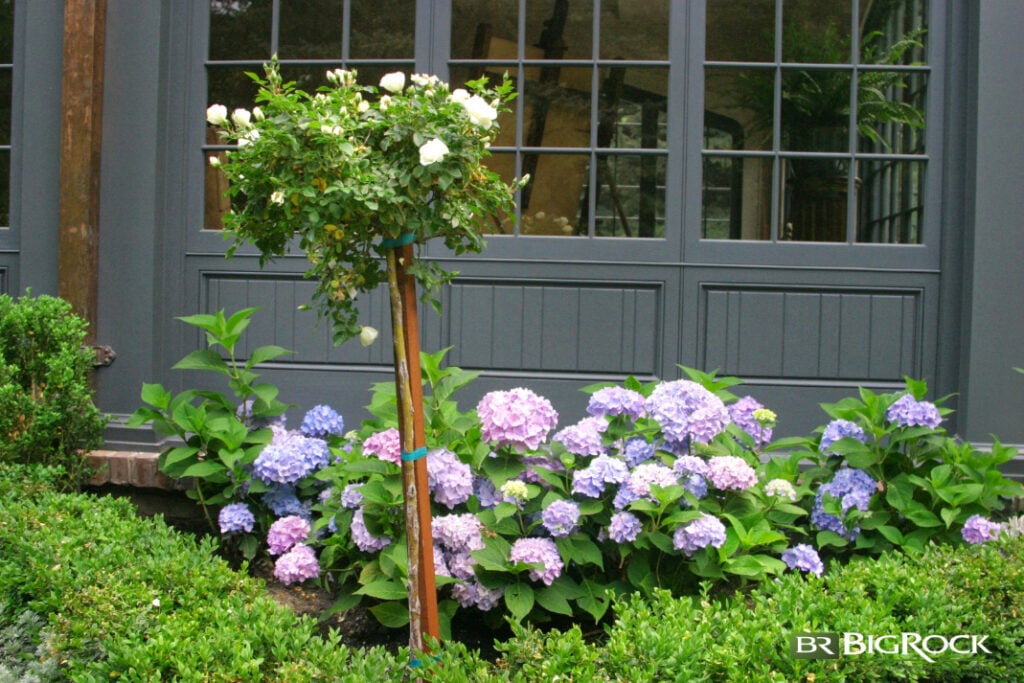
What Are the Best Hydrangeas for Utah?
Smooth Hydrangeas
These hydrangeas are known for their large white or pale pink flowers that pop off during the summer. Blooming with full, rounded clusters, they are long-lasting flowers that are easy to dry and use throughout the year. Like Panicle Hydrangeas, Smooth Hydrangeas are low maintenance and tolerate Utah’s extreme temperatures, making them an easy choice for Utah gardens.
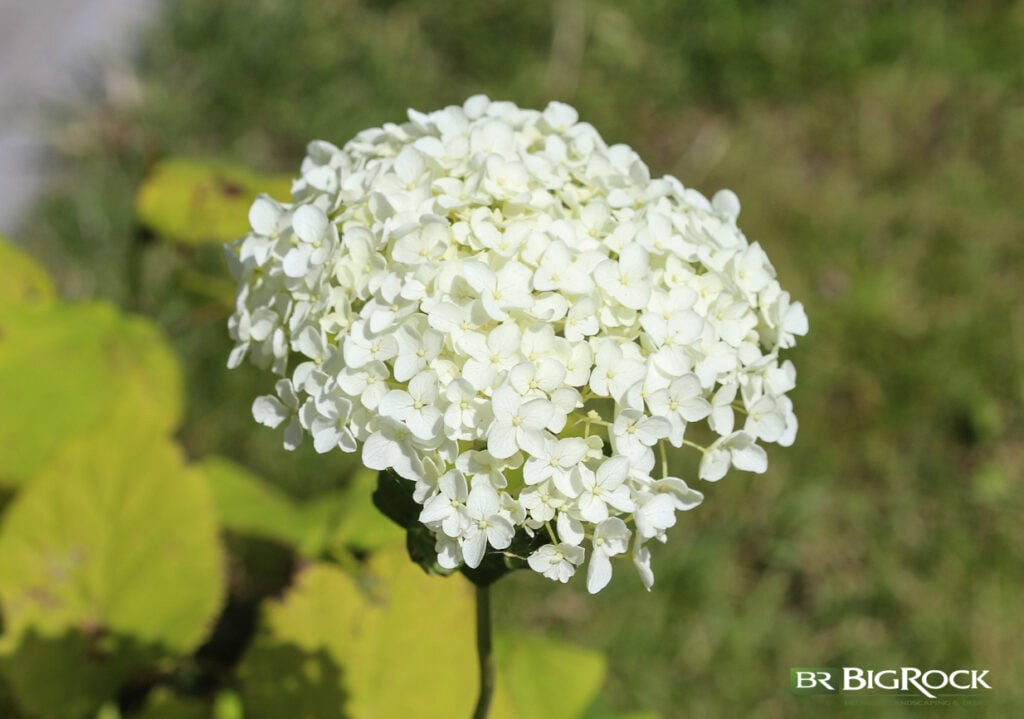
Panicle Hydrangeas
This breed of hydrangea includes variations like Limelight, Fire Light, and Tardiva. Once established, this variation is relatively drought tolerant, perfect for Utah’s hot summers. These voluminous blooms are low maintenance and grow fuller with more sun—again, a perfect fit for long hot days.
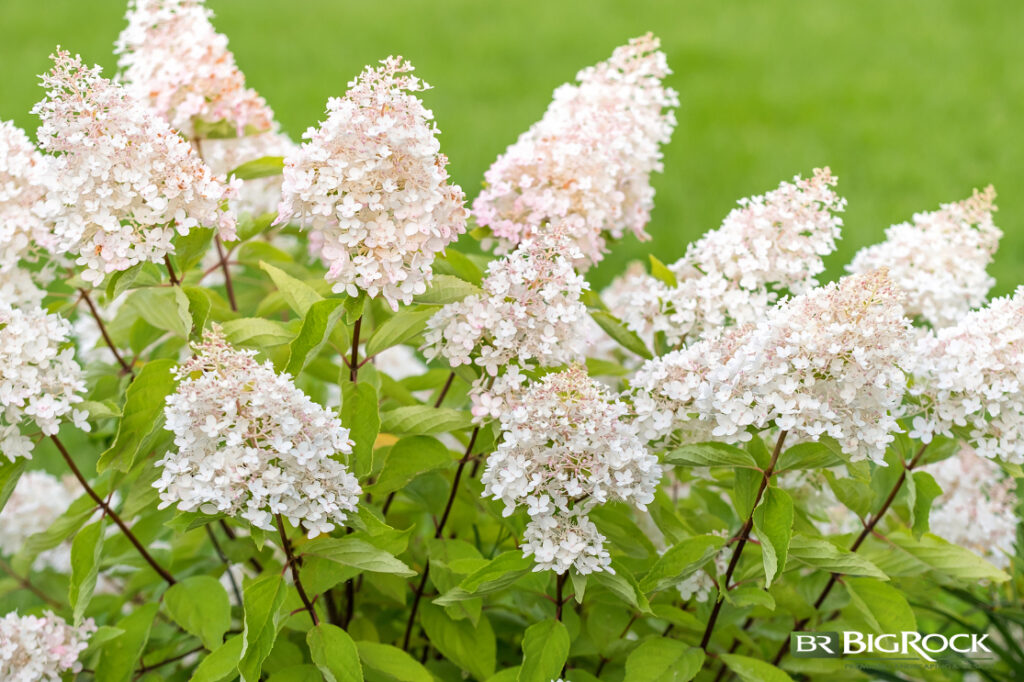
Oakleaf Hydrangeas
With some of the most striking fall colors, including red, orange, and purple leaves, as the temperatures drop, the Oakleaf Hydrangea boasts showy white blooms. This plant flowers in the late spring and early summer, with flowers that start white and turn pink as they age. While this variation tolerates low water, it still prefers consistent moisture, and you’ll get your best results by keeping the soil moist. Tolerating colder temps, this might be the best hydrangea for your yard if you are in the northern part of the state or higher elevations.
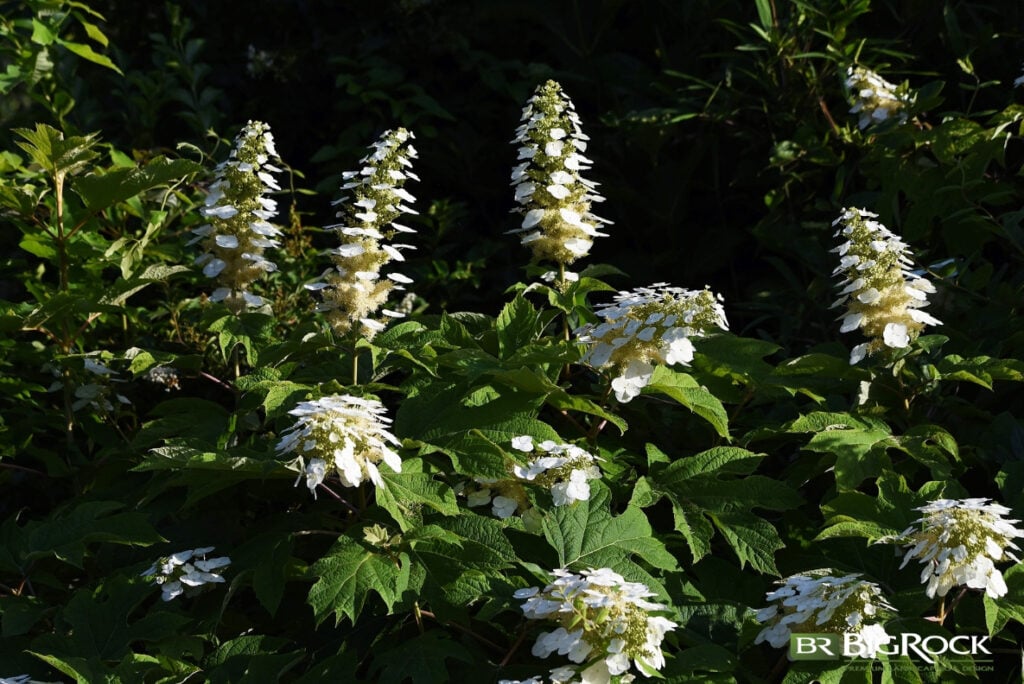
Climbing Hydrangeas
Climbing Hydrangeas offer many benefits to Utah gardeners. With the right training, they will climb walls and trellises. They are also more shade tolerant than other plants, making them a great choice for the northern and eastern sides of the home. The dark green foliage offers a stark background for the delicate white clusters, and once established, they require very minimal maintenance.
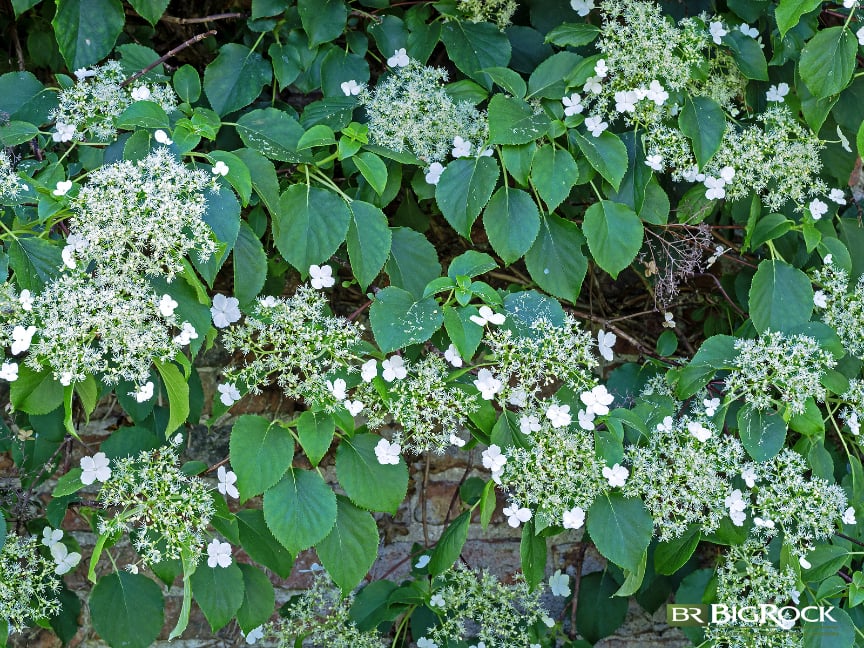
Nikko Blue Hydrangea
This variety might be a little more delicate than the others, but its brilliant bright blue blooms are absolutely worth a little TLC. Nikko Blue Hydrangeas do best in partial shade and do better when protected from direct afternoon sun. They also might require mulching around the base to protect the roots from frost in colder areas of the state, but overall tolerate sun and cold well. To maintain the blue color of this hydrangea, plant (or amend the soil) to be more acidic than alkaline.
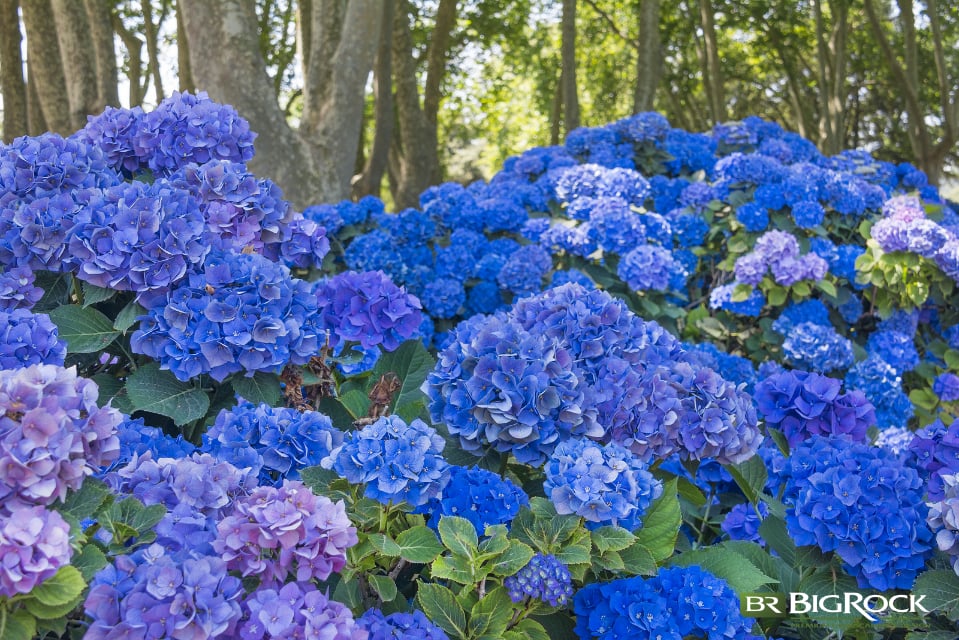
How to Plant Hydrangeas in Utah for Long-Lasting Results
First, choose your location for your hydrangea, as your location will inform you of the breed of plant you choose and any preparation steps you might need to take. Depending on the variety, you might need more alkaline soil, more shade, better drainage, or more water.
Make sure that the spot you choose matches the specific needs of the hydrangea variety you choose. Then, amend your soil as necessary. Remember, some breeds of hydrangea will change color based on the acidity of the soil, so make sure you understand the specifics of your variety.
Drainage is also important- while most varieties prefer moist soil, they also need excellent drainage. Prune your hydrangeas after they bloom, but make sure you aren’t cutting next year’s flowers. Fertilize in the early spring with a slow-release fertilizer. In the winter, mulch around the base of more delicate varieties, like the Nikko Blue. Keep an eye on your hydrangeas, and with a little effort, you can have the gorgeous, full blooms these beauties have to offer.
Tips for Keeping Hydrangeas Alive and Blooming in Utah
Hydrangeas require a little love no matter where they are planted, but in Utah, with our huge swings in temperature, moisture, and light, these plants need a little more attention. Do not worry; even with these extra steps, hydrangeas can easily flourish in Utah’s climate.
– Find the right spot. Partial shade is best to help avoid the harsh afternoon sun, but there should be enough sun to help the flowers bloom.
– Choose a hearty variety. We’ve discussed some of the best options for Utah, but contact your local landscaping expert or nursery for specific recommendations for your yard.
– Amend your soil. Depending on the variety of hydrangea and your existing soil type, you might need to adjust the pH of your soil. Use compost or peat moss to lower the pH of the soil to make it more acidic.
– Protect for the winter. If temperatures are going to drop significantly, mulch the base of the plant and cover it with burlap.
– Fertilize with a slow-release fertilizer in the early spring, but don’t over-fertilize, as this can lead to leaf overgrowth rather than blooms.
– Plant in well-draining soil. You can plant in a pot that has excellent drainage, in a raised garden bed, or in soil that has excellent drainage. This prevents root rot, which is especially important for these moisture-loving plants.
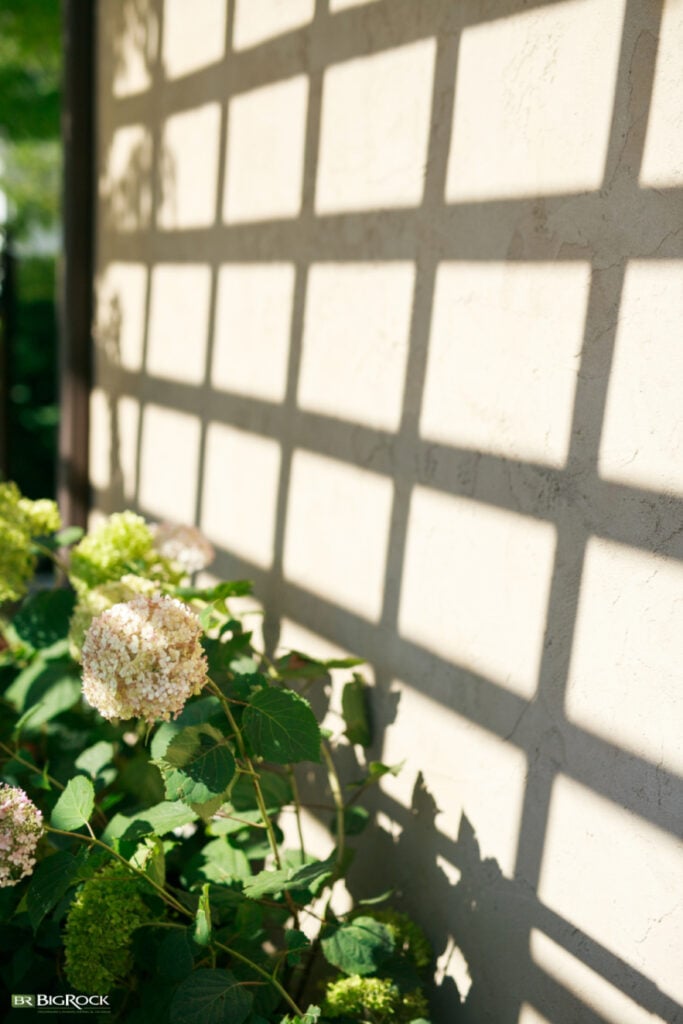
Frequently Asked Questions About Hydrangeas in Utah
What is the hardiest type of hydrangea for Utah?
The three best hardy hydrangeas in Utah are the Oakleaf Hydrangea, Smooth Hydrangea, and the Panicle Hydrangea.
Can I grow hydrangeas in pots in Utah?
Yes! Make sure you choose a pot that is big enough, has drainage holes, and is easy to move to sheltered places for the winter.
What are the best flowers for Utah gardens besides hydrangeas?
Flowers that can survive the harsh winters, hot summers, and everything in between are plentiful! Daylilies, Lavender, Coneflower, Black Eyed Susans, Blanket flower, Russian Sage, Shasta Daisy, Yarrow, Bee Balm and Sedum all grow well in Utah.
How often should I water hydrangeas in Utah’s summer heat?
Depends on the location of your plant, but a good rule of thumb is 2-3 times a week, in the early morning, and ensure that the soil is moist to a depth of 6-8 inches.
How do I keep hydrangeas blooming all summer in Utah?
Provide partial shade so that blooms don’t burn off too quickly, fertilize in the early spring with a slow-release fertilizer, mulch to protect roots from heat and cold, and plant a variety of hydrangeas that bloom at different times throughout the summer.
What is the best time to plant hydrangeas in Utah?
Early spring or early fall are ideal times to plant hydrangeas. Planting in the spring allows the roots to establish before winter cold and gives the plant time to adjust to its new environment. Plant after the last frost and choose a spot that has morning sun and afternoon shade. If you want to plant in the fall, it allows the plant to establish roots during cooler, wetter months. Plant at least 4-6 weeks before the first frost.
Bring Beauty to Your Garden with Big Rock Landscaping
Choosing the right hydrangeas for your yard is no small feat—this article alone shows the complexity and pitfalls of choosing this gorgeous bloom. Of course, hydrangeas are one part of a whole landscape of decisions—what trees are best around a pool? How to get a modern look in your flower beds? What rocks should I use for my retaining wall? Should I get a firepit?
About a million factors can make or break any of these decisions, so having a team of experts to help you create your dream yard is an obvious choice. Choose Big Rock Landscaping for your landscape design and installation project—our team thrives on creating outdoor spaces that perfectly reflect our client’s taste and needs. Contact us for a consultation today to find out how we can take the stress out of making your dream yard a reality!


Leave a Reply
You must be logged in to post a comment.